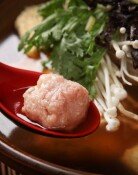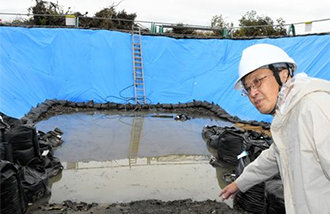Osteoporosis, Gout, Arthritis "Melting even the bone."
Osteoporosis, Gout, Arthritis "Melting even the bone."
Posted November. 17, 2002 23:24,

Few people know how badly alcohol affects the human bones and joints. Surely it does affect.
The human body regulates the density of calcium of the bone and of the tooth with vitamin D, calcitonin that is made in the thyroid gland and the parathyroid gland Drinking over a long period of time affects the functions performed by vitamin D, causing the absorption of calcium difficult. On the other hand, one time of heavy drinking also makes the calcium drained out of the human body in urine, and makes the parathyroid deficient, weakening the bone.
Alcohol directly damages the cells that produce the components of the bone. Therefore, if a person drinks a lot, he/she is likely to suffer from osteoporosis and have his/her back bend.
Alcohol becomes the major cause of the Legg-Perthes disease for men in 40s. A pro baseball player, Kim Jae-hyun has suffered from it. Once affected with the disease, drinking blocks the supply of blood to the upper thigh, making rotten the part of the pelvis that is touched by hands when a person stands in the attention position.
Alcohol is also one of the causes of the gout It is a disease occurring when the unic acid, which is made by the purine that is in turn generated by the dead cells of the human body, is more than necessary. Alcohol itself contains the unic acid Moreover, it also facilitates the generation of the purine. The acetaldehyde deters the excretion of the unic acid, and, when drinking, the diuretic action facilitates dehydration, raising the level of the unic acid in the blood.
According to a research conducted by Lee Soo-chan in July and August of this year, taking 200 patients as subjects, if a patient drinks more than half a bottle of Soju, the patient has to suffer a doubled pain the next day.
Doctor Lee explained, "Alcohol hinders circulation of the blood and piles up the toxins in the human body. That is why a patient feels more pain."
Seong-Ju Lee stein33@donga.com







